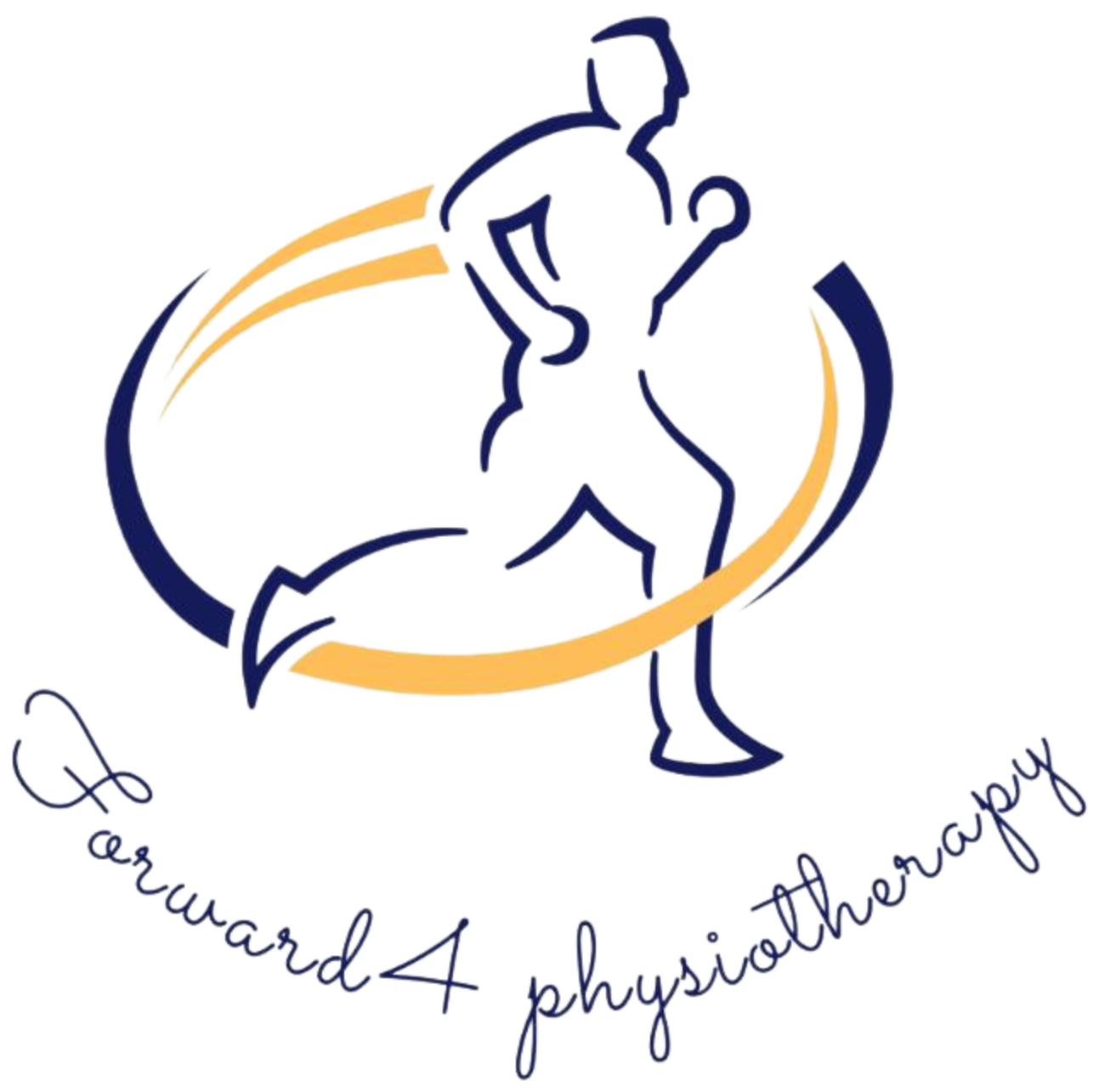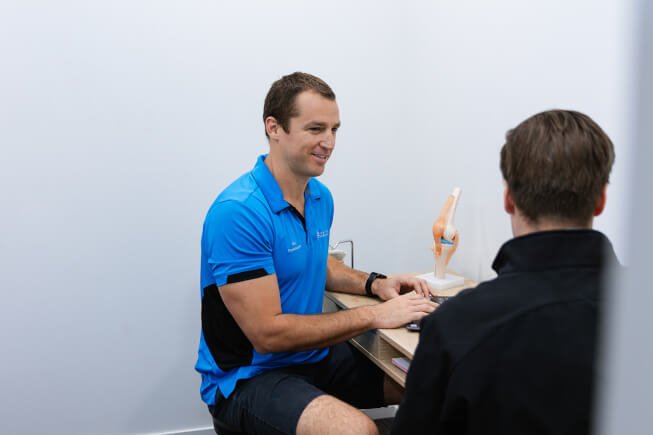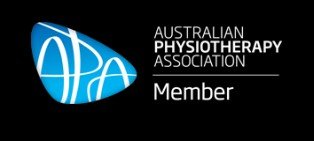If you’re a veteran dealing with an injury or ongoing pain, physiotherapy might be just what the doctor ordered. The Department of Veterans’ Affairs (DVA) offers support to help eligible veterans access physiotherapy services, making it easier to get back on track. In this guide, we’ll break down the DVA physiotherapy process step by step so you know exactly what to expect. Let’s get into it!
1. The DVA Physiotherapy
The DVA offers physiotherapy services to eligible veterans to help with rehabilitation, pain management, and improved mobility. It’s designed to make life a bit easier for those who have served, helping them recover from injuries and manage ongoing conditions.
Whether you’re looking for a DVA physio near Brisbane or anywhere else in Australia, the process generally follows a similar pattern. Knowing the steps involved will give you a smoother experience and help you get the most out of your treatment.
2. Step 1: Check Your Eligibility
First things first, not everyone automatically qualifies for DVA physiotherapy. To be eligible, you’ll need to hold a DVA Health Card, such as a Gold Card or White Card.
- Gold Card holders are eligible for treatment of all health conditions.
- White Card holders can access physiotherapy services for conditions accepted by the DVA as related to their service.
If you’re not sure about your eligibility, it’s worth checking with the DVA directly or asking your healthcare provider.
3. Step 2: Get a Referral
Once you know you’re eligible, the next step is to get a referral. You can obtain one from a General Practitioner (GP), specialist, or hospital doctor. Here’s the good news: once you’ve got that referral, it can last for up to 12 months, giving you plenty of time to access the services you need.
3.1. Do You Always Need a Referral?
Yes, a referral is required every time you start a new period of physiotherapy under the DVA. So, if it’s been a year since your last physiotherapy visit, you’ll need a fresh referral to start again.
3.2. What Should Your Referral Include?
Make sure your referral includes important details such as your name, DVA file number, and the condition requiring treatment. A clear referral will ensure a hassle-free experience when booking your physiotherapy sessions.
4. Step 3: Find a Physiotherapist
Now that you’ve got your referral, it’s time to find a DVA-approved physiotherapist. You can choose a physiotherapist close to where you live or work. If you’re looking for a DVA physio near Brisbane, there are plenty of approved providers who specialise in treating veterans.
4.1. Things to Consider When Choosing a Physio
- Location: Is the clinic close to home?
- Specialisation: Does the physiotherapist have experience working with veterans?
- Availability: Are they able to fit you in at a time that suits you?
Take these factors into account to make sure your appointments are convenient and effective.
5. Step 4: The Physiotherapy Sessions
Once you’ve found a physio and booked your appointment, you’ll begin your treatment. During the first session, your physiotherapist will assess your condition, set goals, and create a tailored treatment plan.
Common physiotherapy techniques may include:
- Manual therapy: Hands-on treatment like massage and joint manipulation.
- Exercise programs: Specific exercises designed to strengthen muscles and improve mobility.
- Pain management: Techniques such as heat/cold therapy and TENS machines (Transcutaneous Electrical Nerve Stimulation).
Your physiotherapist will adjust the treatment plan as you progress, ensuring that you’re always working towards your goals.
6. Comparing Physiotherapy Options
Different physiotherapists may have different areas of expertise or treatment approaches. Here’s a comparison to help you choose what might work best:
| Type of Physiotherapy | Best For | Common Techniques Used |
| General Physiotherapy | Everyday aches, post-injury rehab | Manual therapy, exercise programs |
| Sports Physiotherapy | Sports-related injuries | Stretching, strengthening, manual therapy |
| Veteran-Specific Physiotherapy | Veterans’ injuries, pain management | Pain management, mobility exercises |
| Paediatric Physiotherapy | Children’s growth-related issues | Play-based therapy, exercises |
With the DVA covering the cost of physiotherapy for eligible veterans, you won’t need to worry about paying out of pocket for these services.
Conclusion
The DVA physiotherapy process might seem a bit overwhelming at first, but knowing what steps to take makes it a lot easier. From checking eligibility to booking appointments, the process is straightforward once you get the hang of it. Physiotherapy can be a game-changer for managing pain and getting back on your feet, so don’t hesitate to make the most of the support available to you.








